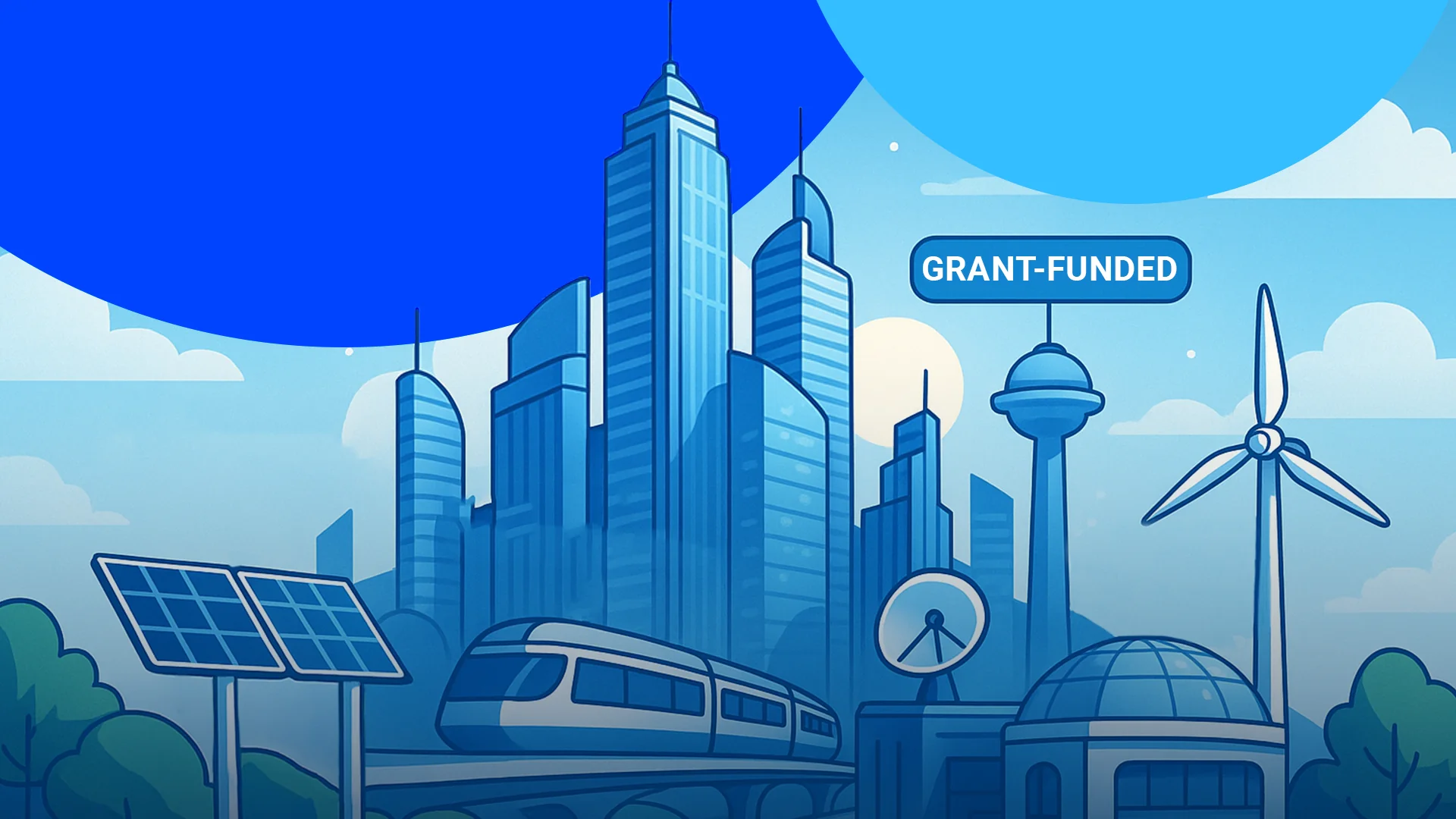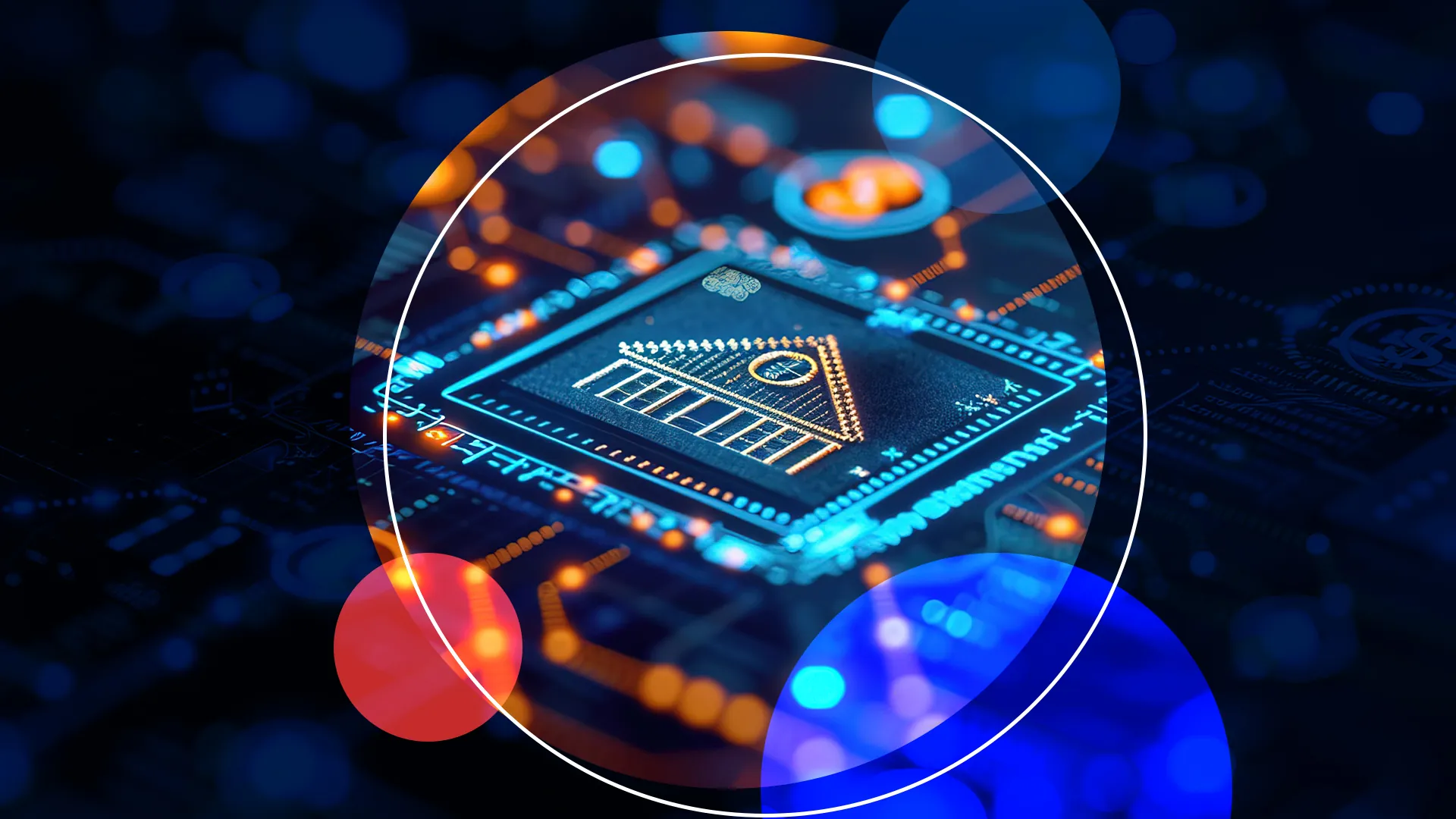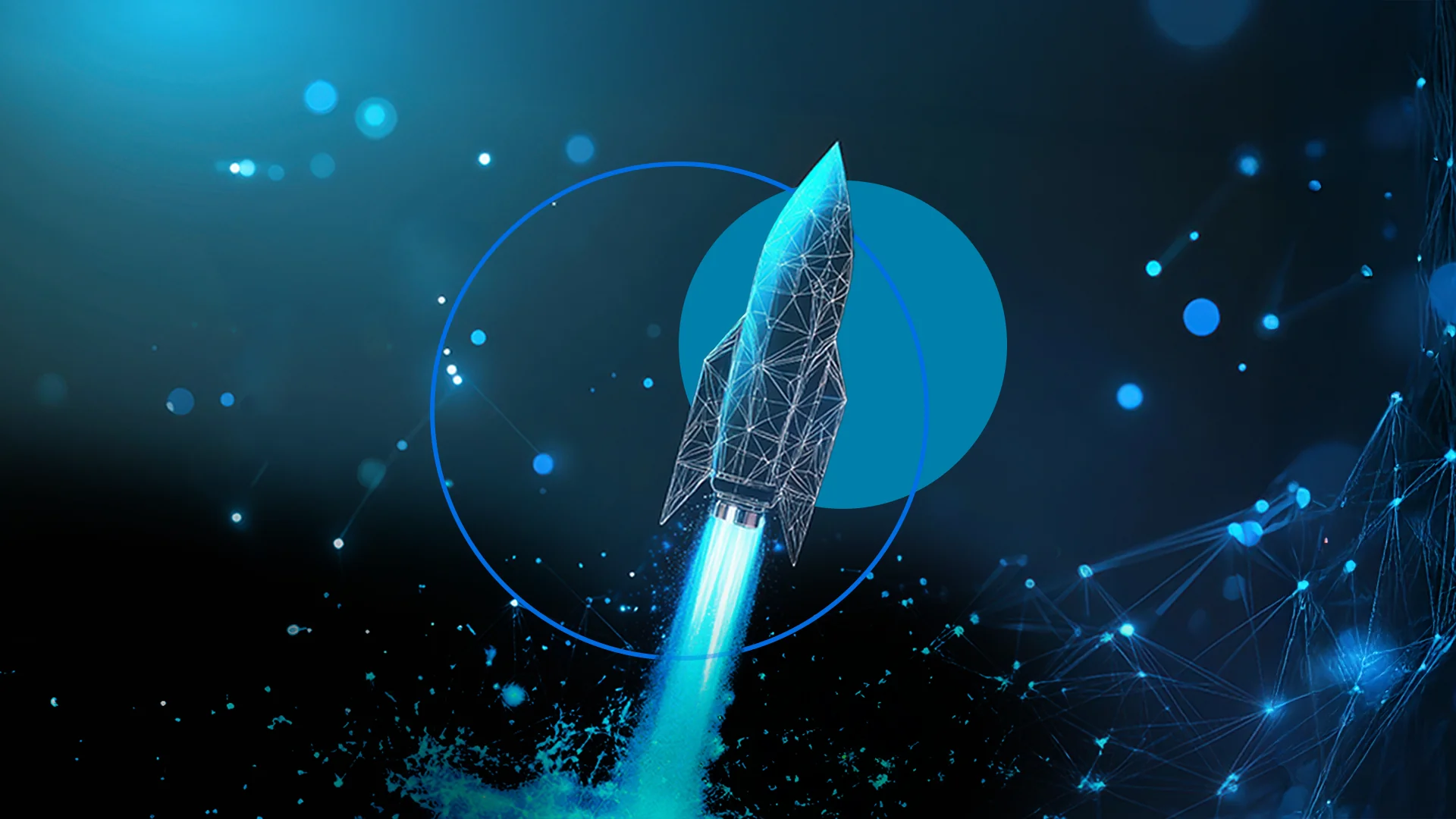For years, the discussion around federal IT modernization has focused on the technology aspect, as government agencies put in large efforts to keep pace with the speed of innovation.
In the past decade, we’ve seen agencies like GSA (General Services Administration) lay the groundwork for a transition from legacy technology to new transformative technologies such as cloud-native services, Robotic Process Automation (RPA), Artificial Intelligence (AI), and Machine Learning (ML). These agencies are developing new IT systems that are better suited to meet the demands of today and tomorrow by enabling these emerging technologies on state-of-the-art computer resources. These systems provide tremendous capability with decreased or better-managed power needs. Due to the COVID-19 pandemic, the need for government services has never been greater, and it is incumbent on agencies to provide those services in a prompt manner with efficiency and the highest level of quality customer experience possible.
However, federal IT modernization has another issue looming that has little to do with technology. It is the current state of the federal workforce and what is expected to happen over the next few years due to the pandemic-driven training and mentoring needs of the American workforce.
During the two-day summit hosted by GSA’s Office of Government-wide Policy (OGP) and the Information Technology Industry Council (ITI), government technology experts gathered for an insightful discussion around leveraging industry best practices to drive innovation and achieve meaningful workforce improvements. Here are some of the insights that panelists offered:
1. The employee struggle hitting federal agencies stems from the need for IT modernization
Federal employees are leaving and taking their years of experience and expertise with them. This “brain drain” phenomenon is dampening the impact of new technologies because the workforce is not being replenished at the same rate as people are leaving. When these employees leave, even if there is a solid plan for transition, the agency loses the experience of and the wisdom gained from those particular employees. Often times, that knowledge is required for legacy systems that are essential to the agency’s mission.
When an agency embraces IT modernization projects, it’s not merely about the technology. It’s the deep understanding of the people and the business processes that will make these projects successful. Apply technology without truly understanding the mission and the desired outcomes will ultimately affect the programs and impact the citizens they serve.
2. The way forward is through training and mentoring
Training transfers knowledge. Mentoring transfers experience. The next generation of federal employees will not miraculously appear. For agencies to properly fill its ranks with new technology leaders and subject matter experts (SMEs), they need to be developed. Innovation is the confluence of people and leading-edge technologies to drive better outcomes.
Agencies and federal contractors can replenish their ranks through training programs with local colleges, trade schools, and universities where participants can gain specific job training for those highly technical roles.
To support government innovation, REI Systems has collaborated with institutions, including George Washington University, Howard University, John Hopkins University, Norfolk State University, and Coppin State University, to prioritize recruiting and retaining ambitious graduates uniquely suited to serve the IT needs of government agencies. These partnerships enable a talent pool of IT professionals with a deep understanding of government and public sector missions to replenish the pipeline as employee droughts hit the workforce.
3. How we’ve seen it work
It’s critical for agencies to identify and cultivate new talent from both higher education and trade schools and train from within their organizations, as these partnerships highlight. Agencies must be proactive and aggressive in hiring new employees to improve their agency’s ability to meet its mission. These types of partnerships provide an avenue to fill gaps in the current workforce and develop employees who can positively contribute to agencies for years to come. It is creating the future workforce.
IT modernization is about laying the foundation for the future, including a talented workforce that can properly implement and utilize the latest emerging technologies. Agencies have seen the most success when partnering with industry to further innovation, and identify new and better ways to transform its workforce into one that can modernize and do so continuously.
Government and industry training programs can be effective for any agency, regardless of their mission. These programs are more than the traditional “butts in seats” model of filling out a workforce. It is about developing employees that can contribute and evolve into the future leaders of an agency’s technology infrastructure. However, federal IT modernization has another issue looming that has little to do with technology. It is the current state of the federal workforce and what is expected to happen over the next few years. The combination of employees reaching retirement age as well as the “great resignation” in the wake of COVID-19 has had a profound impact on the American workforce. Though the pandemic has slowed, the effects will continue to be felt for years to come.
New employees need to quickly understand the mission and the environment and have the ability to apply technological innovation in new and exciting ways. With that, training and mentoring the next generation sounds like a steep challenge. And it is. But more importantly, it’s the perfect opportunity for agencies and industry partners to come together to train a nation of eager employees looking for more fulfilling careers.
Switching to a transformative mindset is a huge transition for government agencies, but you don’t have to go it alone. To learn more, view the entire webinar recap here, or visit www.reisystems.com for information on how we can help.




